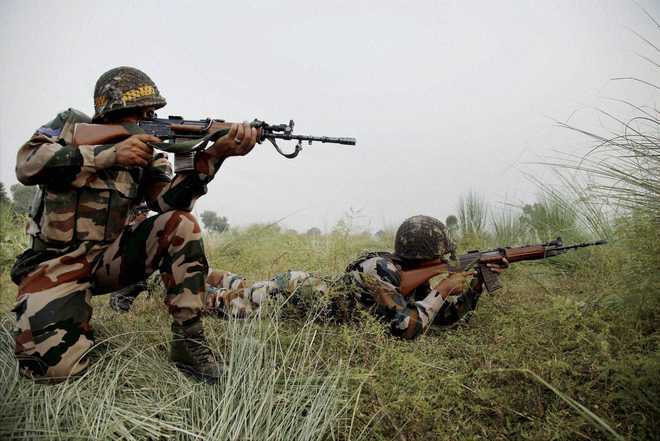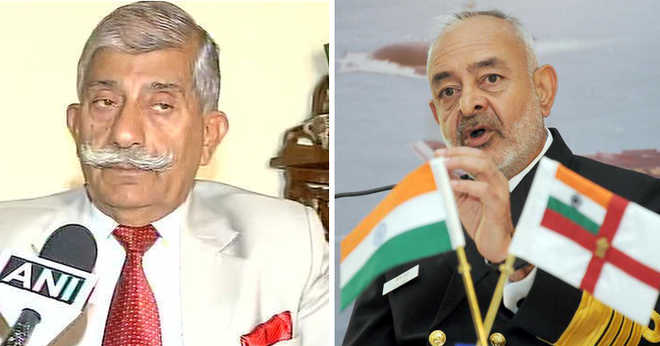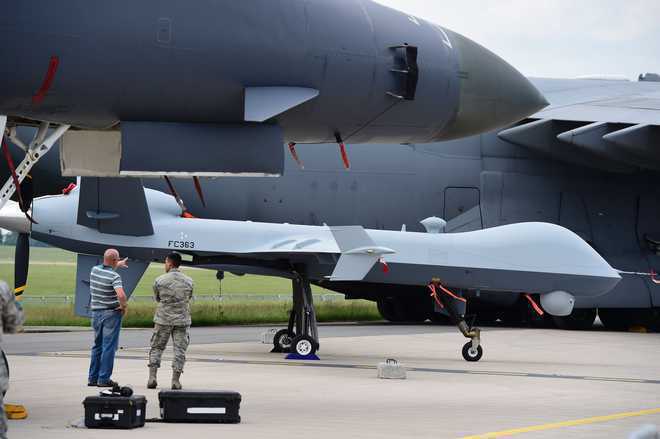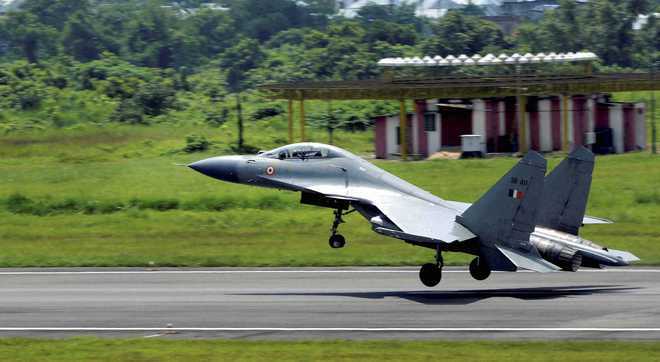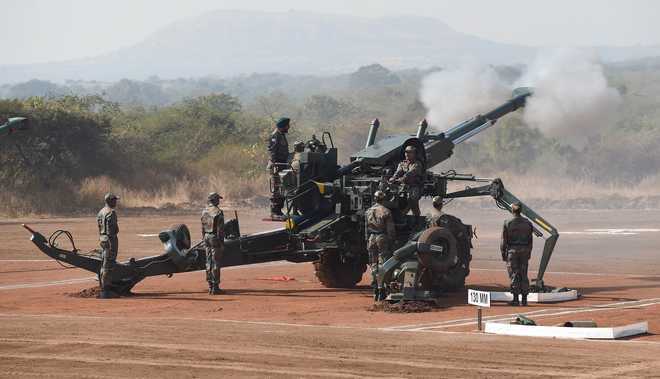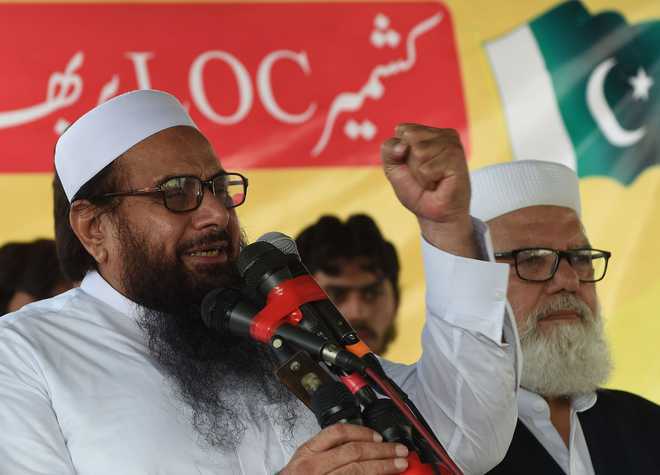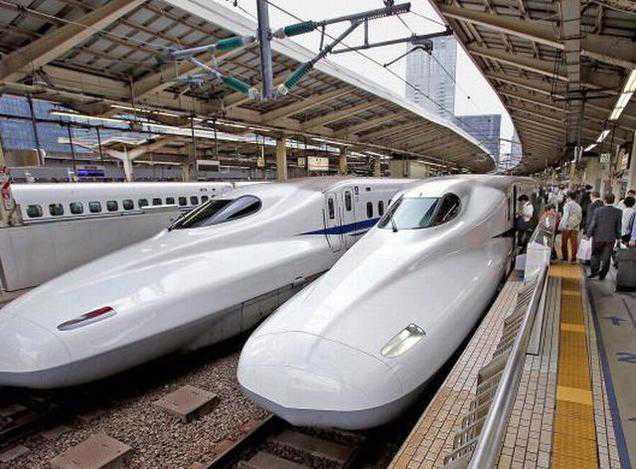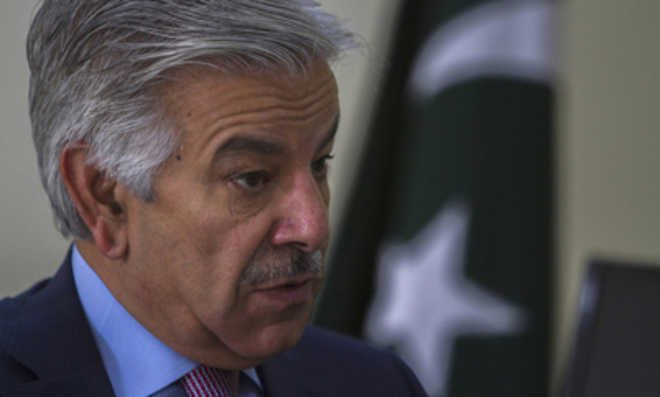
Pakistan’s Foreign Minister Khawaja Asif. File photo
Washington, October 5
Pakistan’s Foreign Minister Khawaja Asif today warned India against carrying out surgical strike or targeting its nuclear installations, saying if that happens nobody should expect restraint from his country.Referring to the statement of India’s Air Chief Marshal B S Dhanoa that the Indian armed forces are ready for a full spectrum operation, Asif said Pakistan wants to live in peace and harmony with its neighbours.But if India carries out any surgical strike in Pakistan or strikes at its nuclear installations “nobody should expect restraint from us”, he warned.Speaking at the US Institute of Peace, a Washington-based think-tank, Asif said the “relationship with India is at a lowest ebb at the moment”.Responding to a question on India, he said, “sadly India did not respond” to Pakistani efforts to improve relationship.”What is going on in Kashmir is the biggest roadblock to normalisation to talks,” Asif said.The Pakistani Foreign Minister asked the US not to treat his country as a “whipping boy” and said Washington has already lost the war in Afghanistan and is only trying to salvage the situation in the war-torn nation.Asif, who is here as part of efforts to rebuild bilateral ties frayed after President Donald Trump accused Pakistan of sheltering terror groups, said his meetings with Secretary of State Rex Tillerson and National Security Advisor H R McMaster were good. “Was not bad,” Asif quipped, giving a sense of his talks with top leadership of the Trump administration, which has been seeking accountability from Islamabad in the war against terrorism including continued presence of terror safe havens in Pakistan.Asif in a way acknowledged that the madrasas were training ground for terrorists.”These madrasas were nurseries for American jihad in Afghanistan. People who took those decisions will burn to hell. We are actually living in hell because of that decision,” he said, adding that Pakistan is paying the price of such a decision.”The meeting went well with Tillerson and McMaster (meeting) was good. (It) was not bad,” Asif said, noting that the two countries need to pursue contacts with each other.He favoured adopting an approach of talks and exchange of views more vigorously.The US, he said, is focusing solely on safe haven allegations or blaming Pakistan for what they have not achieved in Afghanistan.”There are many more dimension of what is going on in Afghanistan,” he said.”A corrupt government in Kabul, increasing narcotics trade, the Afghan Army selling arms to the Taliban, losing terrorist and bringing Daesh (ISIS) to Afghanistan,” he said.”Let’s see this conflict in its entirety, in totality. Do not treat Pakistan like a whipping boy. That’s not acceptable.We want to cooperate with the US. We are the direct beneficiary of peace and stability in Afghanistan,” he said.Standing by his remarks on some of the terrorist groups and terrorist leaders at the Asia Society in New York last week, Asif said they are a liability.”We will find ways and means to wrapping up this business. This is a liability. (but) this cannot be wrapped up overnight,” he said.Responding to a question, Asif said there are problems in US-Pakistan ties.”We do have problems with the US. We have deficit of trust. We are trying to mend those deficits,” he said.Pakistan, he said, sees more role for Russia and China in the region.Relationship with Russia has improved in recent years.”We need and have proposed any peace solution in Afghanistan should be backed by regional powers which includes the Russian federation,” he said in response to a question.”Madrassas, whether we accept or agree with them or not, are the biggest NGO in Pakistan…There are over 20,000 madrasas. Out of these huge number, a very low number of them are infected. Possibly they number around 300-400. The government is managing these madrasas,” he said. — PTI








 WASEEM ANDRABI/HT
WASEEM ANDRABI/HT

